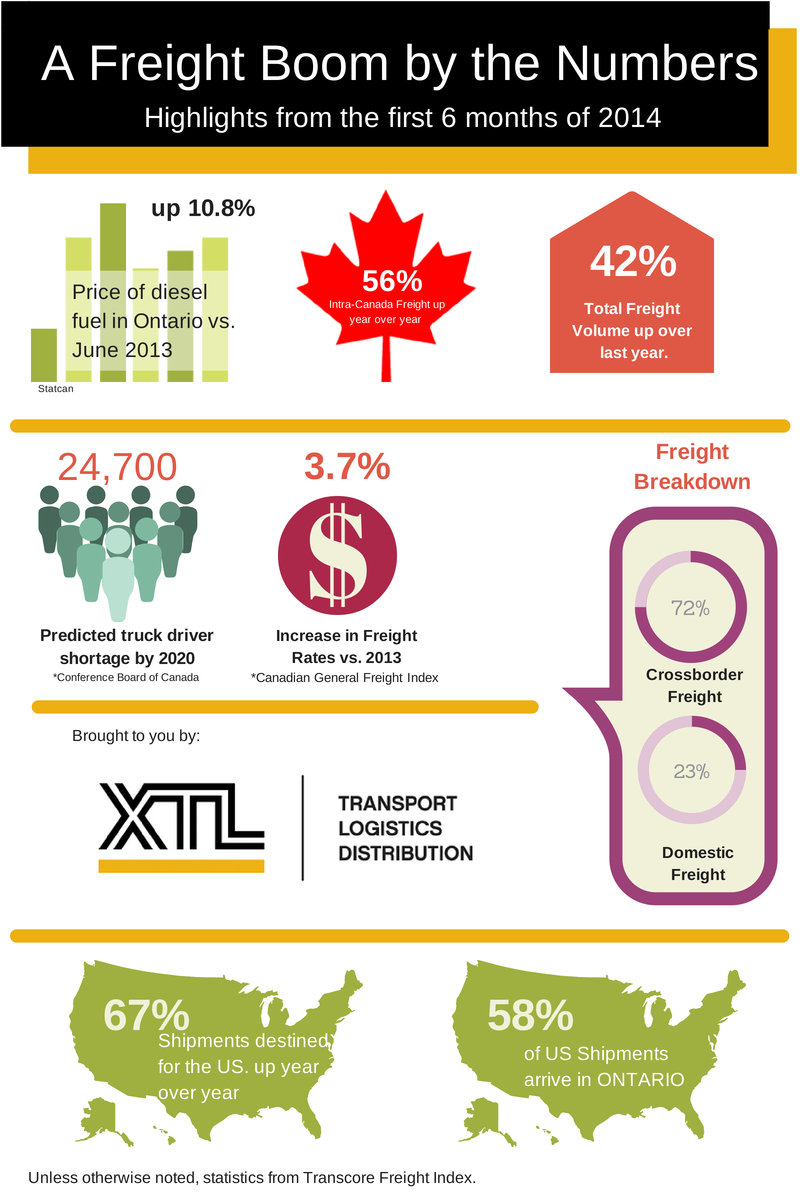On-time deliveries are a key performance metric for your supply chain and transportation providers. However, it can be really confusing to measure and manage. Here are some key things you should understand before defining an on-time metric.
There’s no such thing as “on-time”
The first thing you have to know about “on-time” is there really is no such thing. “On-time” is more of a concept than a reality. This may shock you, but here are some examples that make “on-time” difficult to measure.
- Ordered to pick up on the 5th and deliver on the 7th. However, it wasn’t ready to be picked up on the 5th, but was ready on the 6th and consequently got delivered on the 8th. Was the carrier late?
- Same scenario, but order picked up on time, then got stuck in customs for 2 days through no fault of the carrier. Was the carrier late?
- Same scenario, but then there was a blinding snow storm where the highway got shut down and the carrier could not travel. Was the carrier late?
- Same scenario, but picked up on time, but when they arrived to deliver, the receiving department closed early for their weekly staff meeting and the freight couldn’t deliver till the next day. Was the carrier late?
I could go on, but if you’ve spent any time in the transportation industry you could probably list 100 different scenarios that you would consider late, or not late, etc. The crux of the problem is your trying to put a static measure on something that’s fluid. Pick up and delivery times change constantly because of all kinds of factors. Trying to pin down on-time/not-on-time is an oversimplification of a bigger problem.
How you really manage “on-time”
First, you have to recognize the bigger picture. There are numerous parties involved and numerous causes for scheduling changes. The key to managing this picture is deciding on what to measure. One of the best ways is to just measure the all reasons for re-scheduling an order.
Start measuring re-schedules
For example:
- End customer rescheduled
- Not ready from supplier
- Truck broke down
- Bad weather
- Consignee could not unload
- Shipper could not load
- Traffic
- Order entry error
If you did a fishbone diagram or a pareto chart, it would help you in finding as many reasons as possible.
Now, categorize responsibility
The second step is to gather all the reasons and sort them by responsible party. For example, you could put them into categories like: Shipper, carrier, consignee, Other. Weather and random customs inspections would be an “other” category for example.
Start Measuring
Now that you have some order to classifying reschedules you can start measuring the reasons for re-schedules and the ultimate goal is to reduce the total number of reschedules.
Have discussions with the parties involved.
Now that you have a clear picture of what’s going on in your supply chain, you can have really productive discussions and problem solving sessions with you vendors, carriers and customers. Less rescheduling normally means things go smoother all around, and when things go smoother, costs are reduced and customers are happier.
How XTL Can help
XTL’s staff are logistics experts. If you’re trying to reduce costs or improve service in your supply chain, contact XTL today for a free discussion with one of our logistics experts.











 What is Heated Service Trucking vs. Protect from Freeze Service
What is Heated Service Trucking vs. Protect from Freeze Service